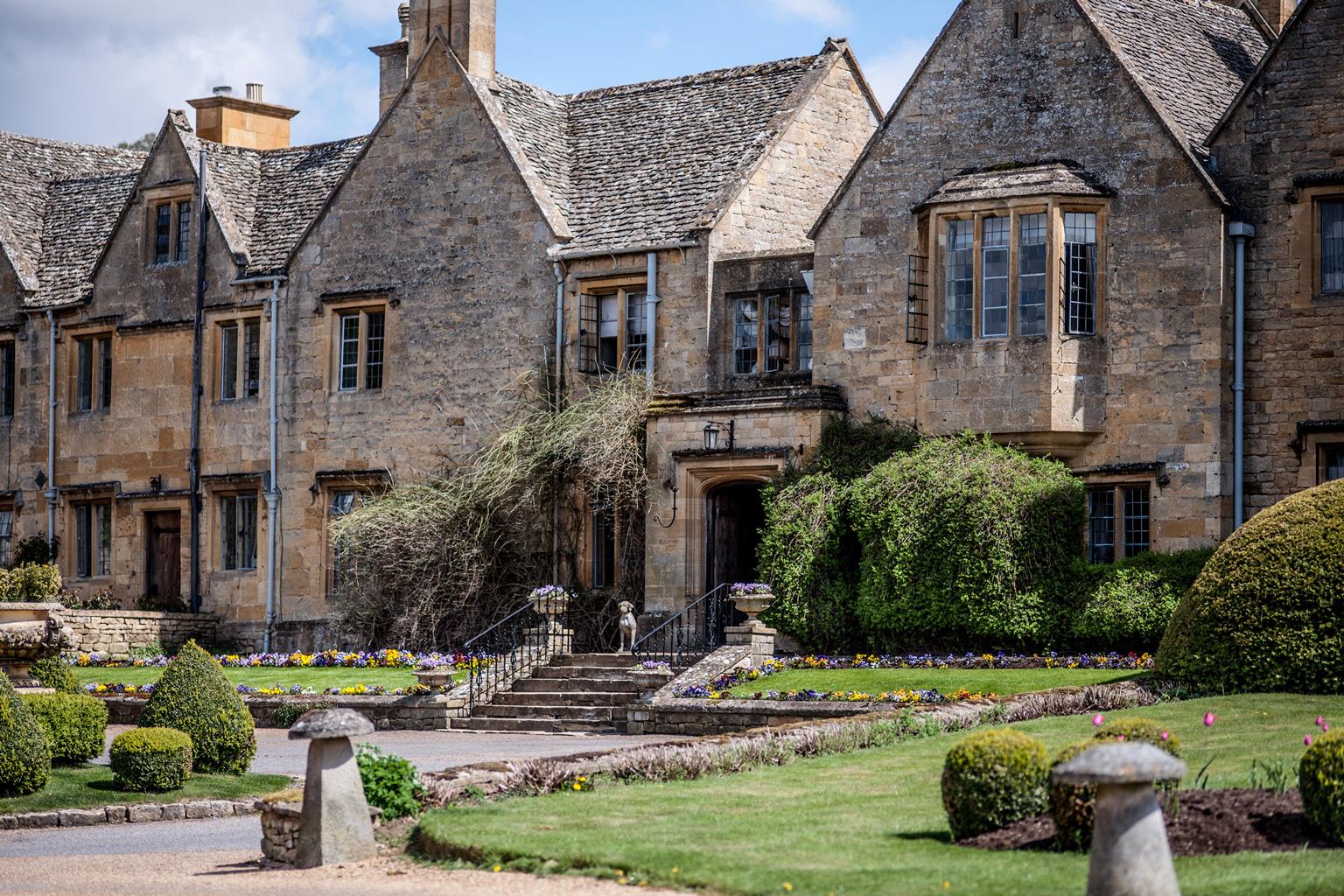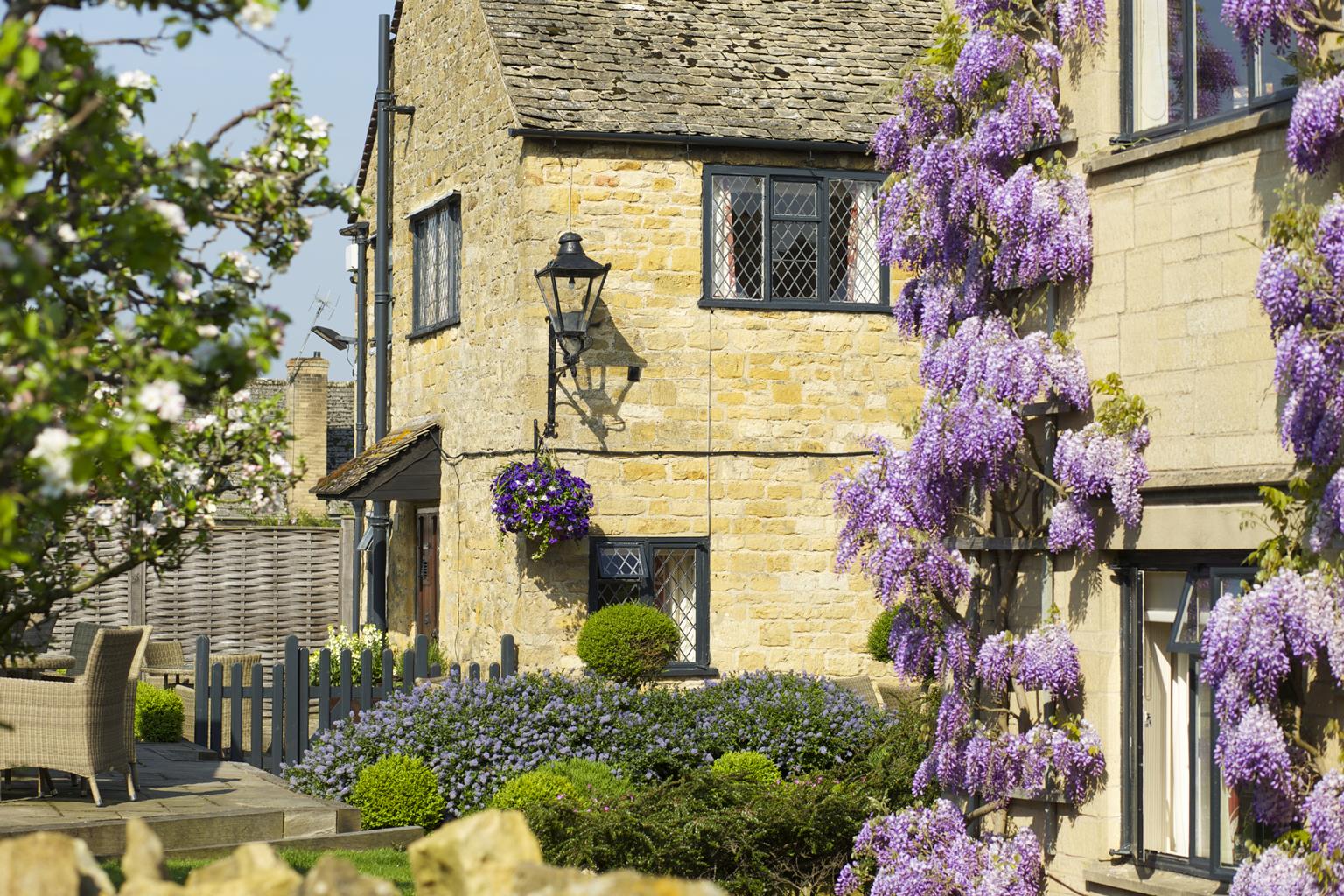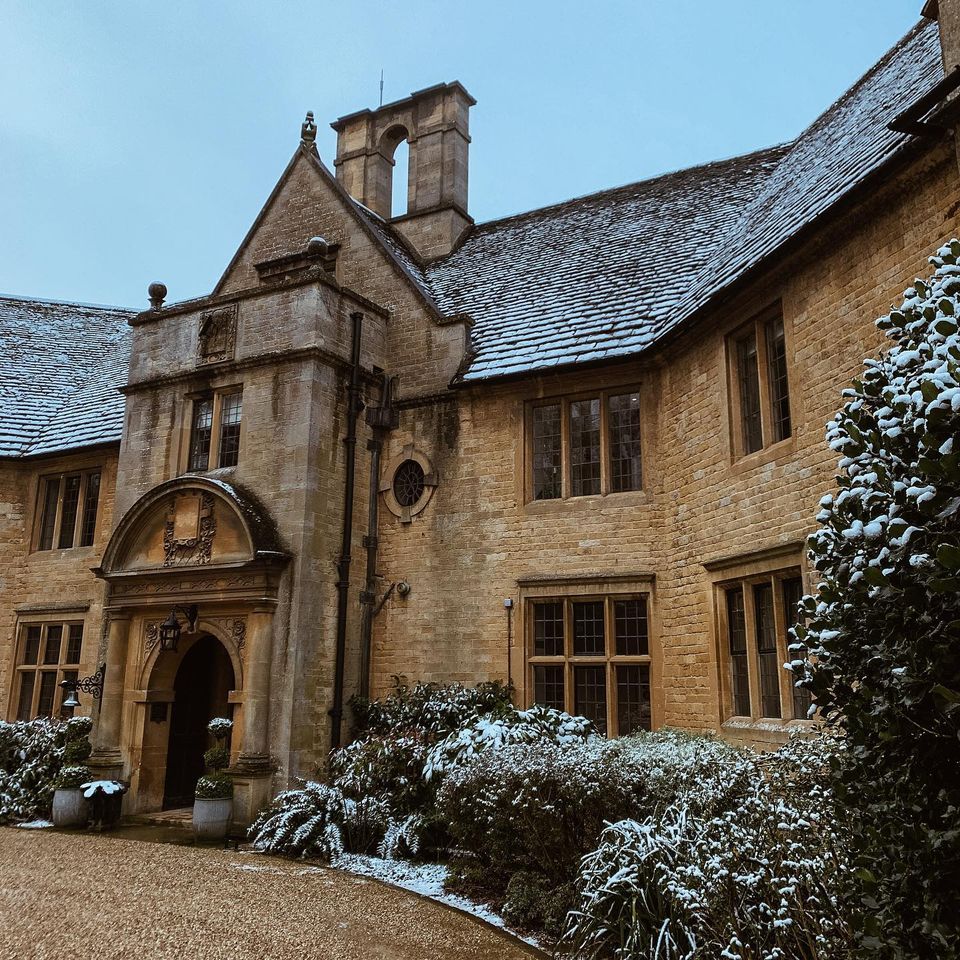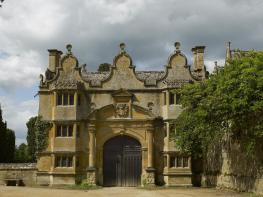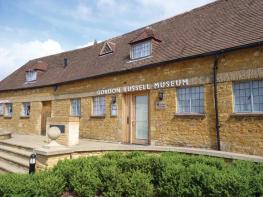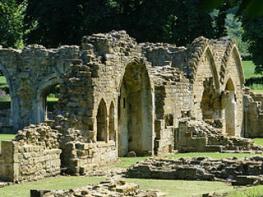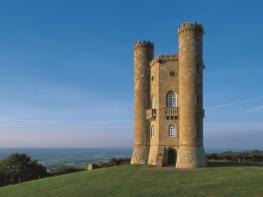Buckland Manor is a grand 13th-century manor house, surrounded by well-kept and beautiful…
Stanton, Laverton and Buckland

A walk through three radiant Cotswold villages, two of which have strong connections with Methodism
3.75 miles (6kms)
About the walk
Stanton was rescued from oblivion in 1906 by the architect Sir Philip Stott, who bought and restored Stanton Court, as well as many of the village’s 16th-century houses. The church, on a lane leading from the market cross, has two pulpits – one dating from the 14th century, the other Jacobean – and a west gallery added by the Victorian restorer Sir Ninian Comper. John Wesley, the founder of Methodism, preached his message here in 1733. Stanton has regularly been used as a location in period dramas for television and cinema.
Laverton is a large hamlet with many fine examples of Cotswold vernacular stone architecture. Buckland, though smaller, is a village with two particularly interesting buildings. The 15th-century rectory is the oldest medieval parsonage in Gloucestershire still in use. Although it can be admired only from the street, it has some fine stained glass and a timbered great hall, and was often used as a base by John Wesley. Handsome Buckland Manor is now a hotel, while the neighbouring church contains medieval glass restored by William Morris, and a painted panel originally in Hailes Abbey, 5 miles (8km) to the south.
Methodism, the largest of the Protestant free churches of Britain, originated among a group of devout 18th-century Oxford students under the influence of two brothers, John and Charles Wesley. As the name suggests, it is a radical and earnest creed, which arose out of dissatisfaction with the inadequacies of the established Church. The disillusionment of John Wesley, in particular, was fostered by a missionary voyage to the American colonies in 1738.
From then on he believed that he was destined to spread his beliefs – based on the idea of self-regeneration through faith, prayer and doing good works – across Britain. He travelled about the country preaching first in churches, then, as bishops and churchmen became uneasy and banned him from the pulpit, at large, outdoor gatherings. His direct and ‘methodical’ approach clearly met with the approval of many a despairing congregation, and in 1795 the movement, popular especially among the marginalised, lower ranks of society, was strong enough to secede from the Church of England
This was not enough for some, and the Methodist movement fragmented into splinters of varying degrees of moderation or severity. By 1932, however, most branches had rejoined the fold, and as recorded in 2020, the modern Methodist Church had 164,000 active members in Britain. In some ways this modest number does not reflect the level of shock and concern that the movement engendered among the Establishment of 18th-century Britain.
Walk directions
From the car park, turn right and then left into the village by the war memorial plaque. Turn left at Stanton village cross and head for the churchyard. Go through a gate into the churchyard, pass to the right of the church, and in the corner turn right along an alley.
At the end, turn left just before a double gate, and follow an enclosed path to a kissing gate. Follow the left-hand margin of the field, heading towards a kissing gate in a hedge gap. Go through and turn slightly right to pass stables to your left. Go through another gate, and at the next corner go through a gate, over a footbridge and through successive gates to walk to a stile. Cross the stile and walk ahead to another, just to the left of the field corner and continue, crossing a third stile, towards Laverton.
Go over a stile and at the road turn right. Follow the road through Laverton as it goes left, left again and then right. At a junction beside a tree with a seat, cross over to enter a firm bridleway and follow this all the way to the main street of Buckland
Bear right and walk through the village, passing the Old Rectory on your left-hand side (shortly after a telephone box and a public footpath sign) and then the church to the right. At the top, where the road curves left, go straight on to come to a kissing gate (to the right of a field gate).
Go through to a field and turn right. Pass Buckland Manor on the right and go through another two kissing gates.
Continue along the contour path to go through a gate and continue straight on. Pass through some trees to a kissing gate. Continue on the same line, passing through successive gates and over a footbridge between kissing gates. Continue roughly along the contour through a large field on the flank of the hill. Follow the prominent waymarkers and, after 0.25 miles (400m), cross a stile beside a gate and go straight ahead for another 0.25 miles (400m), partly through trees, to another stile. Cross this and go straight on, ignoring the path descending slightly right towards the church, until you come to a stile at the edge of Stanton. Cross over this third stile and bear right onto a drive that becomes a lane into Stanton village. Turn right through the village to return to the village hall car park.
Additional information
Track, grassland, pavement, several stiles
Grassland, wold, wide-ranging views, villages
Livestock throughout, especially horses, so dogs should be on leads
OS Explorer OL45 The Cotswolds
Car park in front of Stanton village club
None on route
WALKING IN SAFETY
Read our tips to look after yourself and the environment when following this walk.
Find out more
Also in the area
About the area
Discover Gloucestershire
Gloucestershire is home to a variety of landscapes. The Cotswolds, a region of gentle hills, valleys and gem-like villages, roll through the county. To their west is the Severn Plain, watered by Britain’s longest river, and characterised by orchards and farms marked out by hedgerows that blaze with mayflower in the spring, and beyond the Severn are the Forest of Dean and the Wye Valley.
Throughout the county you are never far away from the past. Neolithic burial chambers are widespread, and so too are the remains of Roman villas, many of which retain the fine mosaic work produced by Cirencester workshops. There are several examples of Saxon building, while in the Stroud valleys abandoned mills and canals are the mark left by the Industrial Revolution. Gloucestershire has always been known for its abbeys, but most of them have disappeared or lie in ruins. However, few counties can equal the churches that remain here. These are many and diverse, from the ‘wool’ churches in Chipping Campden and Northleach, to the cathedral at Gloucester, the abbey church at Tewkesbury or remote St Mary’s, standing alone near Dymock.
Nearby stays
Restaurants and Pubs
Nearby experiences
Recommended things to do
Why choose Rated Trips?
Your trusted guide to rated places across the UK
The best coverage
Discover more than 15,000 professionally rated places to stay, eat and visit from across the UK and Ireland.
Quality assured
Choose a place to stay safe in the knowledge that it has been expertly assessed by trained assessors.
Plan your next trip
Search by location or the type of place you're visiting to find your next ideal holiday experience.
Travel inspiration
Read our articles, city guides and recommended things to do for inspiration. We're here to help you explore the UK.



